The reality of inappropriate housing developments
The risks and impact of poor planning told by a local resident
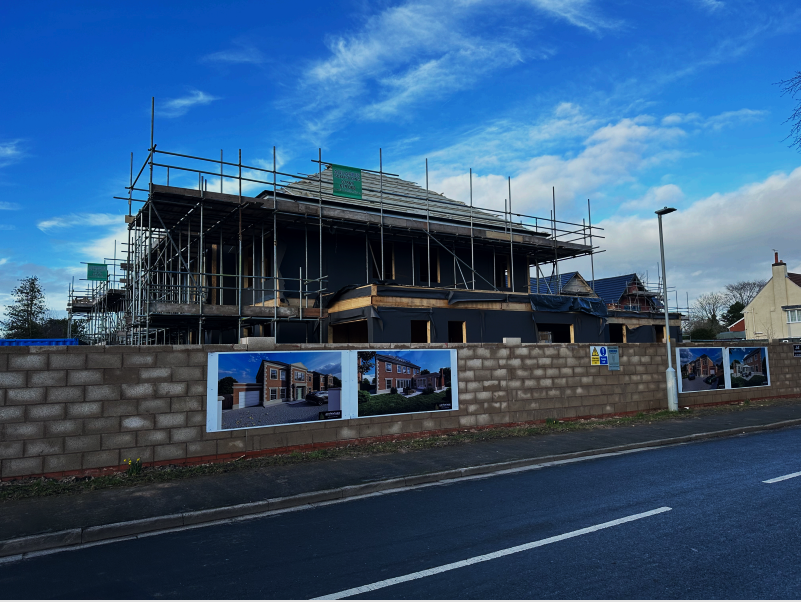
Formby is a small coastal, rural town situated between Southport and Liverpool built on the West Lancashire Coastal Plain. Having lived here for the last 20 years, I have seen the development of the town and have an insight into the views of local people and how those developments have affected them and their perception of the town.
Formby has been seen as a desired place to live due to its proximity to the coast, the National Trust site and the higher levels of green spaces that can be found compared to more urban/built-up areas of the Sefton area. Previously it was seen as a desirable place for families to move to or as an area for people to retire to, due to the potential to buy a home with additional features such as a garden or driveway, which is not always possible in the inner city or inner suburbs of a city.
My perception is that in recent years the ‘desirability’ to live in Formby is no longer due to this, but rather that the development of the area has resulted in much larger, unaffordable homes being built, which has created a bubble of wealth. Now, residing in the area provides people with a social status and is one of the driving reasons for people to move to the area.
While the development of a desirable area is expected, my main concern for the future of the area is how the development of plots of land which once contained housing that was in keeping with the area and appropriate for the size of the plot of land, are at risk of being transformed into large houses which are unaffordable for the majority of the population which impacts on residents, the social fabric of the town, and the environment.
Formby has not previously had a large number of residents who have relied on social housing or social welfare, with only 2% of homes in the area currently being available for social rent and only 4% of the residents receiving housing benefits. (1)
Due to the lack of residents requiring social welfare, I feel increasing the levels of social housing in the area would not have a large impact on the population. A large concern for me, which is shared by many residents, is the lack of new affordable housing being built in the area. Multiple new housing estates have been developed in the area, but the majority of the homes are sold at upwards of £500,000. This poses a problem for residents who have grown up in the area, and have strong social connections in the area but are unable to buy a first home here, due to rising house prices. This results in them having to move away from the area, which changes their social situation and could result in them having to commute to Formby but being unable to afford to live there. The increasing desirability to live in Formby has resulted in developers producing homes with only profit in mind. There has been little to no consideration for how it would socially and economically affect the existing residents. This has not only been a problem for large-scale housing developments but also for individual housing developments. There may not be a large need to produce more social housing in the area, but there is a need to maintain the affordability of houses within the area to protect the community that residents have developed, as well as considering the social, environmental, and economic effect of new housing developments, and that the protection of the community that has been built here is more important than pure profit.
Small-Scale Developments


Recently a house was sold on my road, the house had been occupied by the same family since before we moved to the area and did have a large garden surrounding it.
After its sale, residents were assured that the development of the house would be in keeping with the original character and there would be no impact on residents.
However, the development was sold and plans were approved to build two large additional houses on the plot, adding to the original house. Where there was one house, there are now three unaffordable houses, which have had a negative impact on the surrounding properties. Surrounding the original property was a large amount of trees, meaning the bungalows bordering the back of the property had privacy. Now the surrounding properties are overlooked by three large properties and the value of their property has decreased. This in turn has a knock-on effect on the future sale of those properties. Due to the changed surroundings of the bungalows, the property value decreases and so for owners looking to sell in the future, it could be more appealing to sell the plot, with plans for development than to sell the house as it is, leading to more large unaffordable housing being built in the area and changing the social dynamics.


Original Site
The original home can be seen on the right-hand side of the image. The red highlighted area is the area for the new development of houses. (2)
New Site
The two newly developed properties can be seen on the left-hand side.
The two new homes being built can be seen inside the red highlighted areas. With the surrounding bungalow homes being seen at the rear of the properties. (3)
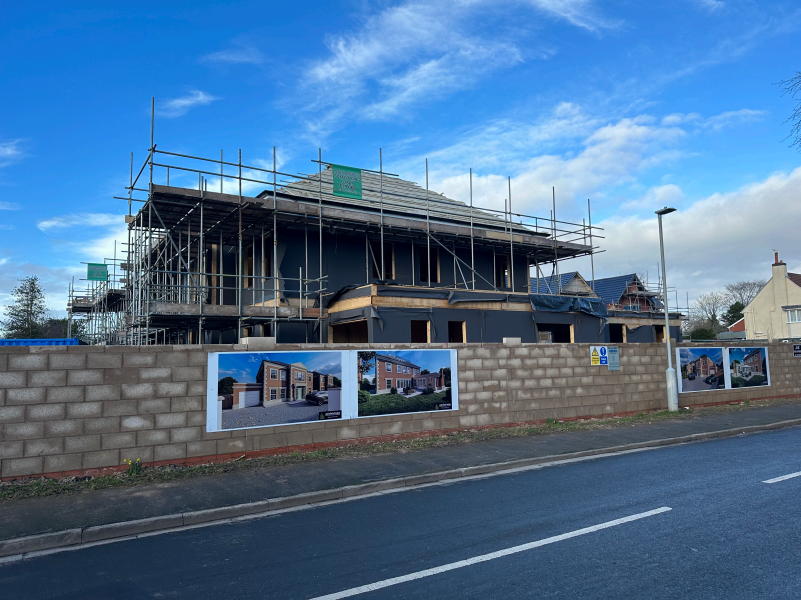
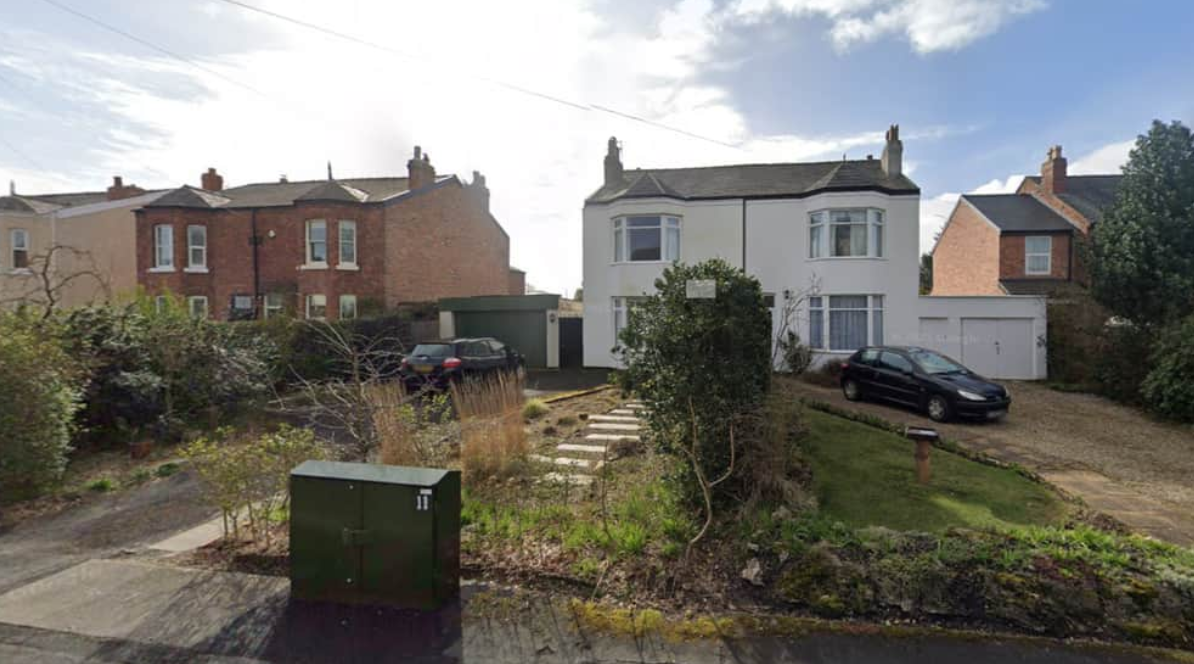
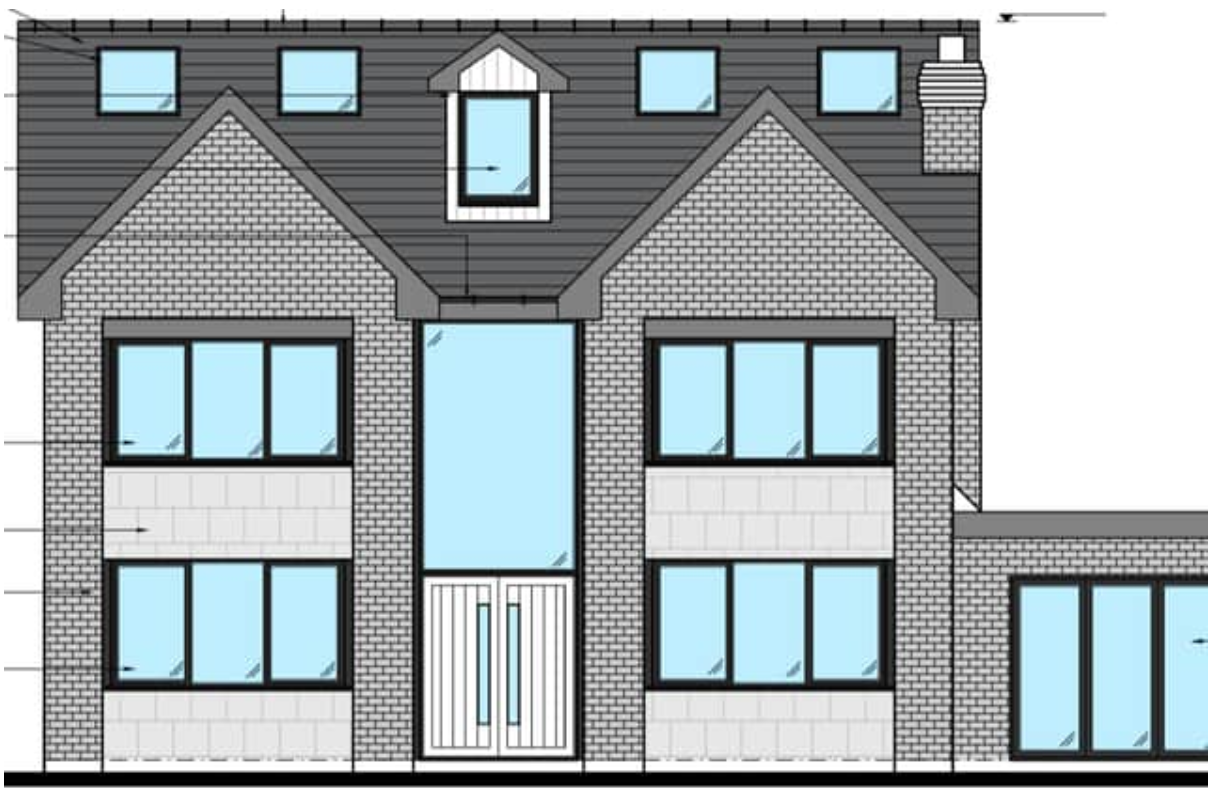
The proposed development on Rosemary Lane, Formby. The planning application was refused by the council, however, this is not the case for the majority of proposed ‘garden grabbing’ developments within Formby.
The proposed development on Rosemary Lane, Formby. The planning application was refused by the council, however, this is not the case for the majority of proposed ‘garden grabbing’ developments within Formby.
As can be seen in the images, the new homes take up the majority of the space on the site and so are seen as imposing by surrounding properties.
People who have moved to the area to retire, or young families, do not want to be surrounded or overlooked by imposing new developments and so move out of the area. If the local council continues to allow developments like this then the majority of sites within the area that do contain affordable housing will be bought and developed into houses costing over £1,000,000. It has also become common for developers in the area to buy multiple affordable houses at one time to redevelop them into houses that the majority of people could never afford. Formby has a larger elderly population, people who have lived in their homes for a long time, developments like this mean the quiet residential area they have lived in is suddenly surrounded by construction, increased levels of traffic and noise and they no longer recognise their own street anymore. For an elderly population, this is incredibly daunting and puts stress on them to leave the area adding to the cycle of unsustainable development.
For small-scale developments ‘garden grabbing’ also poses a threat to the community within Formby. Local residents have expressed outrage and concern over proposed plans all over the area to build large homes in what was once residential gardens. One particular development in 2021 on Rosemary Lane, Formby caused an outcry from local residents and neighbours over plans to build a 5-bedroom, 3-storey home in the garden of a semi-detached Victorian house. (4)
Neighbours claimed that they had not been consulted before the application and they were concerned about a lack of privacy in their homes and gardens should the house be constructed.
There were also objections from a local councillor and the Lancashire Wildlife Trust, the prior objecting on environmental grounds as the surrounding area of the property is a habitat for the red squirrel. The Trust believed that the destruction of mature trees on the property would harm the red squirrel population and their nests, which are protected under the Wildlife and Countryside Act of 1981. Residents were also concerned that the development would set a dangerous precedent for future developers in the area, with the main concern for residents being a loss of privacy and concern that the characteristics of the home they have lived in have changed, with changes to privacy, light, noise, and general disruption (5). Developers have a lack of concern with how changes to the original property have such a great impact on surrounding neighbours. It is also clear that with developments similar to this one and on a larger scale being approved, the local council's concern ends as long as the development fits the regulations on paper. However, there is little to no concern for how the development would affect residents when constructed. As gardens of homes are currently classed as brownfield sites, this type of development cannot be objected to on environmental grounds, this classification has led to an increase in the destruction of mature trees and wildlife within gardens that owners wish to ‘section off’ and sell with the intention of it being developed. This has devastating effects on local wildlife as well as on surrounding residents, as privacy is lost. By local councils allowing garden grabbing this is setting a precedent that allows uncontrolled development within the area, with a complete disregard for local residents, the environment, and the local wildlife, many of which are protected.
Large-Scale Developments

Pinewood Park, Formby (6)
Multiple large-scale developments have been approved in Formby in recent years with a lack of consideration for how this will affect the area socially and environmentally, but also with a lack of affordable housing being built alongside these developments. The majority of the land surrounding Formby, where these developments are being built is Green Belt land and often flood plains for the River Alt. The decision for these developments to be approved has not been popular with a large amount of residents. Sefton council has approved plans for more than a thousand new houses to be built in Formby over the past three years, with the local authority agreeing in 2017 for nearly 1000 new homes to be built by 2030. With the level of development already exceeding this target, it leaves questions as to how much unsustainable development the local council will allow. (7)
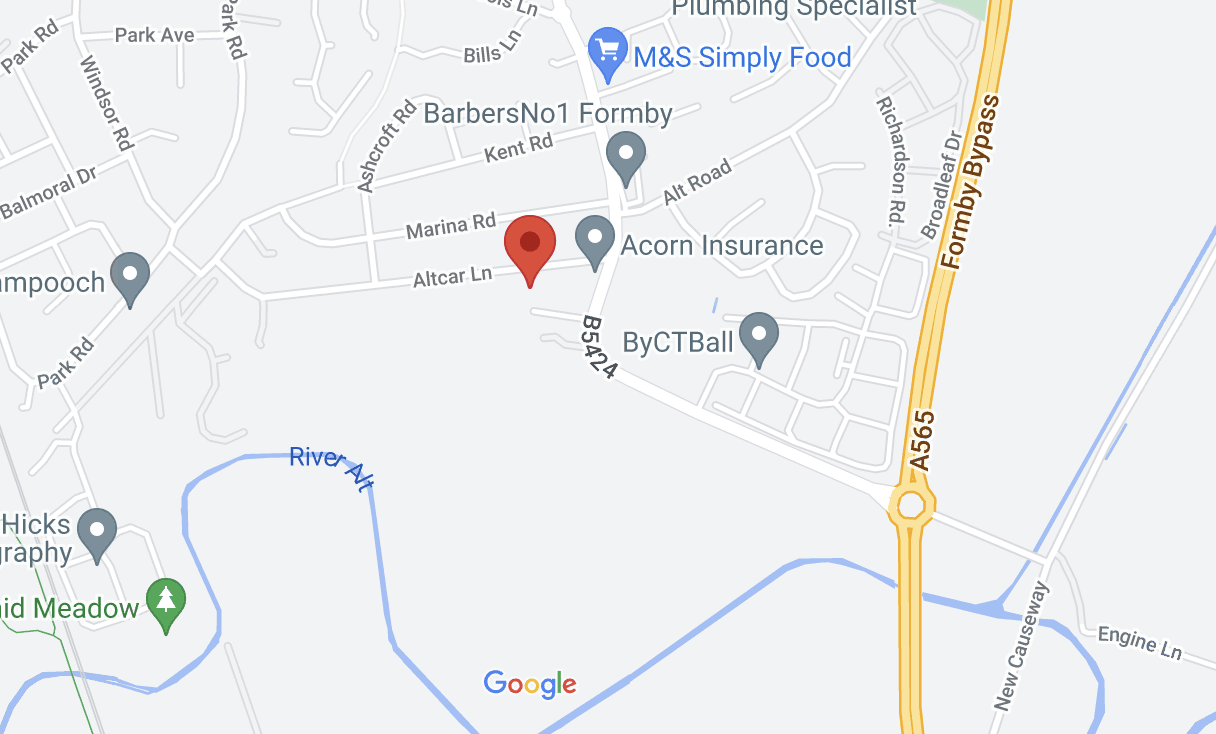

The above images show the Pinewood Park development site in Formby, where over 300 new homes have been built.
Pinewood Park has allocated 89 of these homes as affordable housing (6), and while this is positive in ensuring some residents have access to affordable housing, the majority of these homes are not accessible for the majority of people. The question of long-term sustainability has also been raised by many residents, due to the proximity of the site to the River Alt. The site on which the developments have been built is known to residents as consistently flooding throughout the winter months, as it is a flood plain for the nearby river.

FLOODING CONCERNS FOR PINEWOOD PARK
This is an image taken from River Levels UK, which shows all the areas at risk of flooding, the areas highlighted in blue show areas at a higher level than 1% risk for flooding in any year - the “hundred-year” flood risk. Pinewood Park is labelled on the map, the majority of the site is covered by the risk area. (8)
'I was reassured that flood risk for existing properties would not be made worse by this development, and this mirrors what planning officers at Sefton Council have told me previously. No housing developments should increase flood risk for existing residents living nearby.'
This is a quote from Bill Esterson MP, taken from an article in Business Mondays. (9) For many residents, this has done little to quash their concerns, with flooding of existing houses being a concern, as well as the potential flooding of the B5424, as seen on the map, which is a main road used by residents to enter into and leave Formby. Having personally seen the extensive level of flooding that occurs on the site of the new development, it does raise concerns that while affordable housing is provided and people may be able to afford the initial cost of purchasing the house, is it a long-term affordable house? Purchasing a house in a rural area often means that the environmental elements must also be considered in terms of whether the house is sustainable long term. In Formby, the environmental elements to be considered are: the proximity of the property to the beach and the shifting of the sand dunes, pushing the coastline further inland, and the large amounts of rivers and high levels of rainfall contributing to the flooding of those rivers. The major concern for this new development is that should the land continue to flood as it has done in previous years, residents who have bought affordable housing may not be able to afford the maintenance of the house if there is flood damage, or if the foundations become unstable due to underground flooding. This is a common concern for residents already living in Formby with some saying to the Liverpool Echo newspaper:
'Sefton Council have a proven track record of failing to listen to those with local knowledge. Concreting over the flood plain in Formby is particularly dangerous.
'It seems the planning committee will vote anything through - whether or not there is adequate infrastructure, because the government has left the council so cash-strapped that it has no choice but to allow building even if inappropriate.' (10)
As can be seen by these comments from local residents, many believe and have the local knowledge to know that Pinewood Park housing development could be potentially dangerous for residents in the future, should the levels of flooding seen previously reoccur.
A report from the Environment Agency on flooding in the Formby area states:
'As rainfall intensity increases, it means that surface water flooding will become more frequent as higher rainfall totals will be seen more often. Rainfall across the wider catchment with sea levels in Downholland and the River Alt be high more frequently. This will affect the gravity discharge of the surface water systems and ordinary watercourses within this FRA.' (11)
The local council and developers have failed to consider this increased risk of future flooding surrounding the River Alt when allowing the development of Pinewood Park. So, while the flooding risk may be manageable at present, there is no guarantee that any affordable homes and new homes built in the future will not be susceptible to flood damage. This in turn could make these homes less affordable, with residents having to combat the cost of flood damage, as well as being in a position where they are unable to sell their house or sell at a lower cost than they originally purchased it for due to flood risk.
The development of Pinewood Park goes directly against the flooding policies within the neighbourhood plan for Formby. Section 3.1.8 of Formby’s neighbourhood plan states that the site of Pinewood Park is located within zone 3 for flooding risk, one of the highest risk areas. In section 4.8.22 the plan states that development would be precluded as a result of it being an area meant to store water at times of flood or excessive run-off. The development of Pinewood Park goes directly against this. (7)
Pinewood Park provides affordable housing, even though there are environmental concerns, and there are proposed developments within Formby that do not offer affordable housing, as well as houses that are at risk due to environmental factors.



Proposed Development - Lifeboat Road, Formby
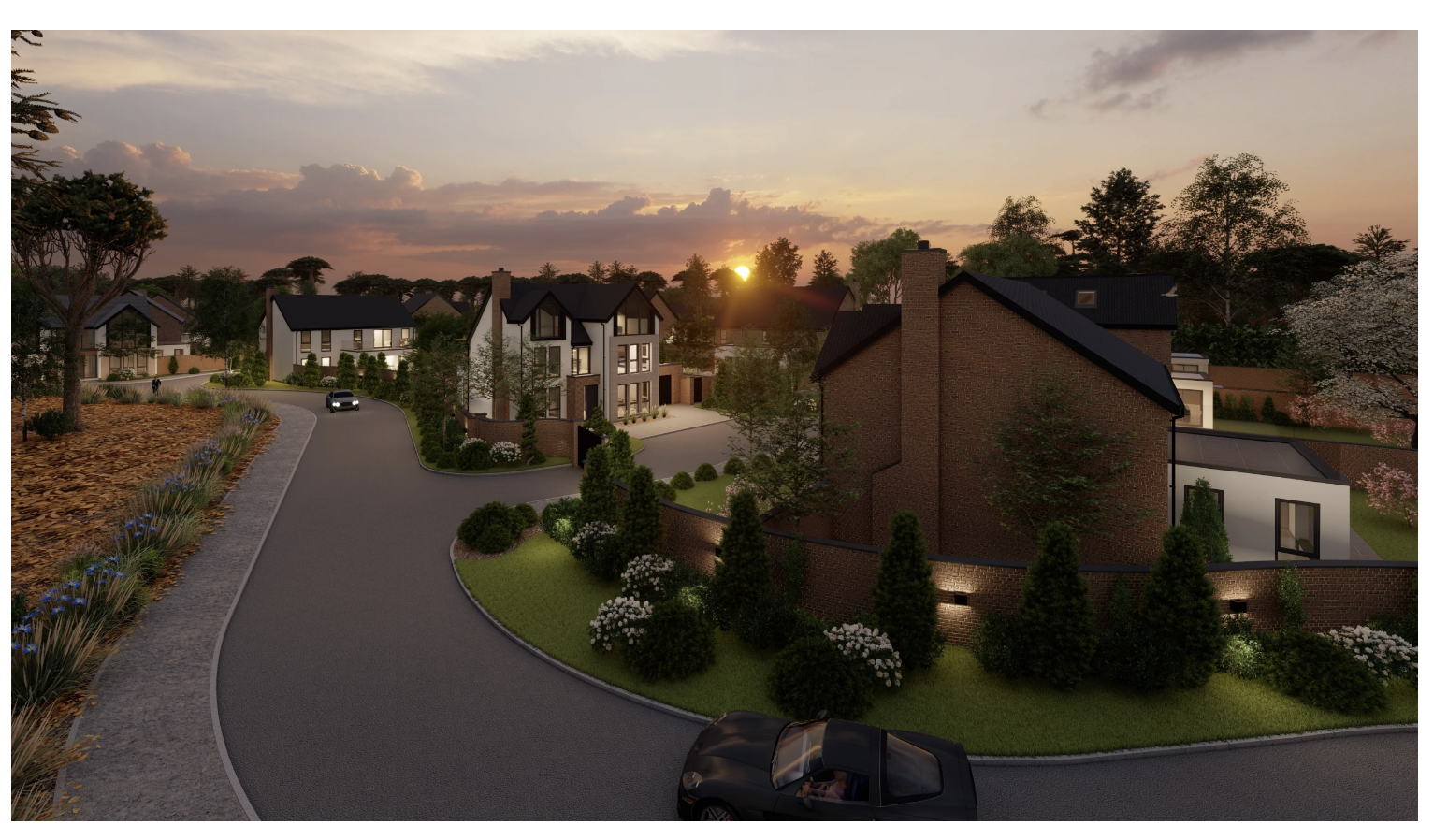
There are proposed development plans for a site near the Lifeboat Road National Trust site in Formby. The current landscape contains one property - originally a country club and a caravan park, both of which have been shut down in recent years. There are proposed plans to develop this site into 25 luxury homes and a 100-space car park, this proposed development raises huge environmental, social, and economic concerns for local residents and has been met with strong opposition.
This is the current site, where the majority of the land is undeveloped and is currently kept as natural woodland. This woodland is needed to act as a barrier to protect the homes seen on the right of the image from the impacts of the coast.
There are environmental concerns for residents, with large amounts of mature trees being found in the area that would be demolished but also that the proposed area for development is a habitat for the endangered red squirrel. For years, residents have worked alongside the National Trust and other environmental charities and organisations to try and protect the habitat and prevent the extinction of the red squirrel. The animal has a resonance with many people of Formby and there is a sense of community in trying to protect it. The proposed plans will suggest to many that the local council's priorities lie with the potential earnings from luxury housing developments and not with maintaining the landscape, wildlife, and community that the residents have known and protected throughout the years. The long-term environmental sustainability of these houses is also not guaranteed. The point of the coast at Lifeboat Road, where the development is suggested, is one of the major points of concern for the erosion of the coastline, with an average of 4.5 meters of land eroded per year over roughly the last 20 years (since 1999)(12). This results in the sand dunes being pushed back further and further every year, with the first ridge of sand dunes being found directly in front of the proposed development site. Should the levels of erosion of the coastline continue at the level they currently are, the proposed development is at high risk. Residents are frustrated the disruption caused to the local community could potentially be for unsustainable development, only providing luxury homes and no additional benefit to the community - bar the car park, which would only increase traffic congestion, with the development being damaged or destroyed by natural erosion within the next 50 years.
A spokesperson for Broadgrove Planning and Development Limited said to the Liverpool Echo: 'The site is allocated for residential development within Sefton Council’s Local Plan so the principle of residential development is already established. The policy allows for up to 34 new homes. Our planning application is to create 25 bespoke new homes, set in attractive green space and also includes a 100-space car park in line with the Council’s policy.' Due to so many residents with local knowledge opposing the plan, it highlights that the local council's priorities are not with the residents and maintaining the rural coastal surroundings, but with the expansion of the area for maximum profit, even if that results in the destruction of wildlife and shatters the community that residents have come to know. (13)
This level of development, which poses no benefit to the current community and brings with it grave levels of concern and opposition, will only force those in the area surrounding the development out of Formby, as the levels of traffic become too high, or simply they do not have a desire to live in the area as they do not feel supported or listened to by the local council.

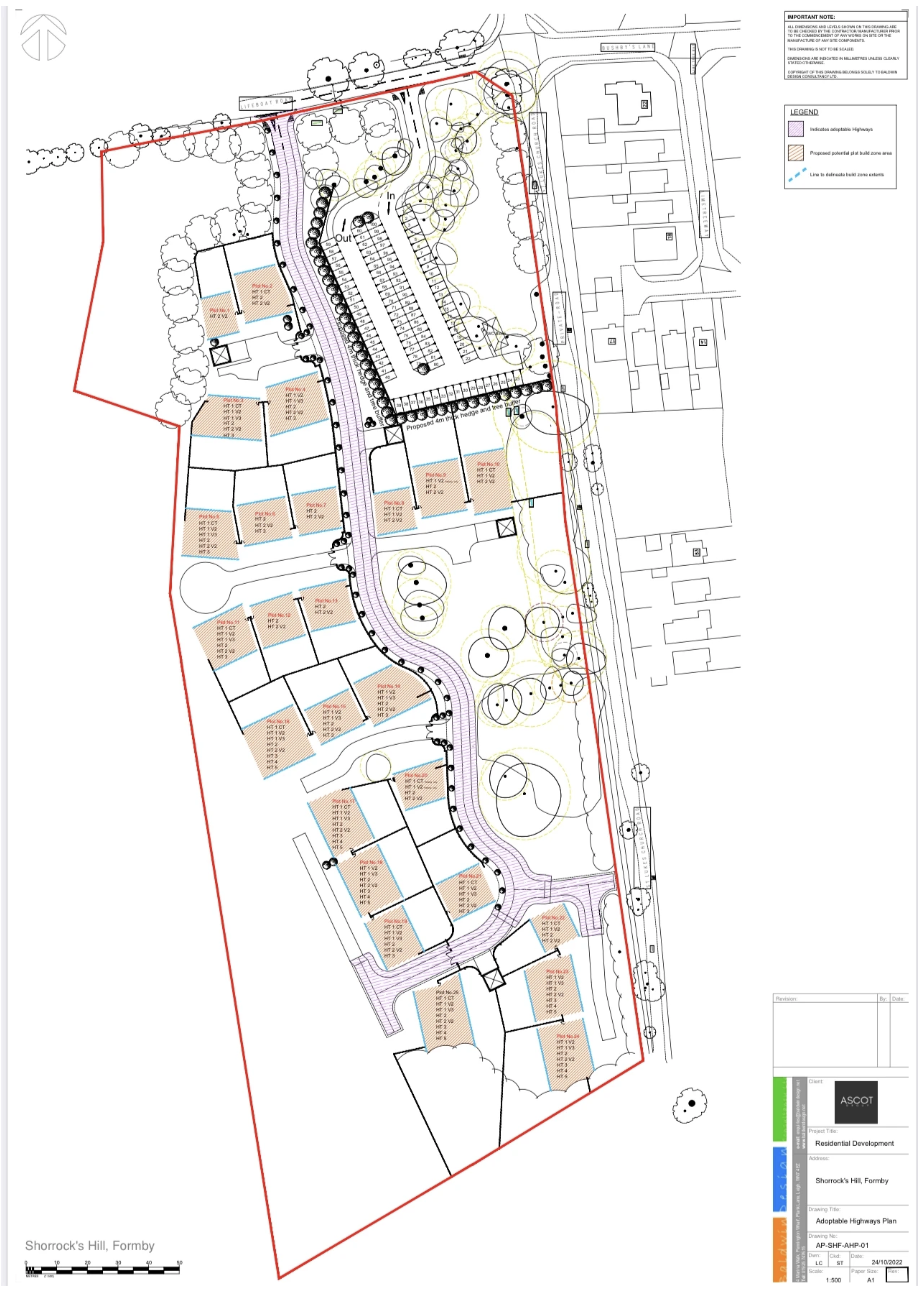
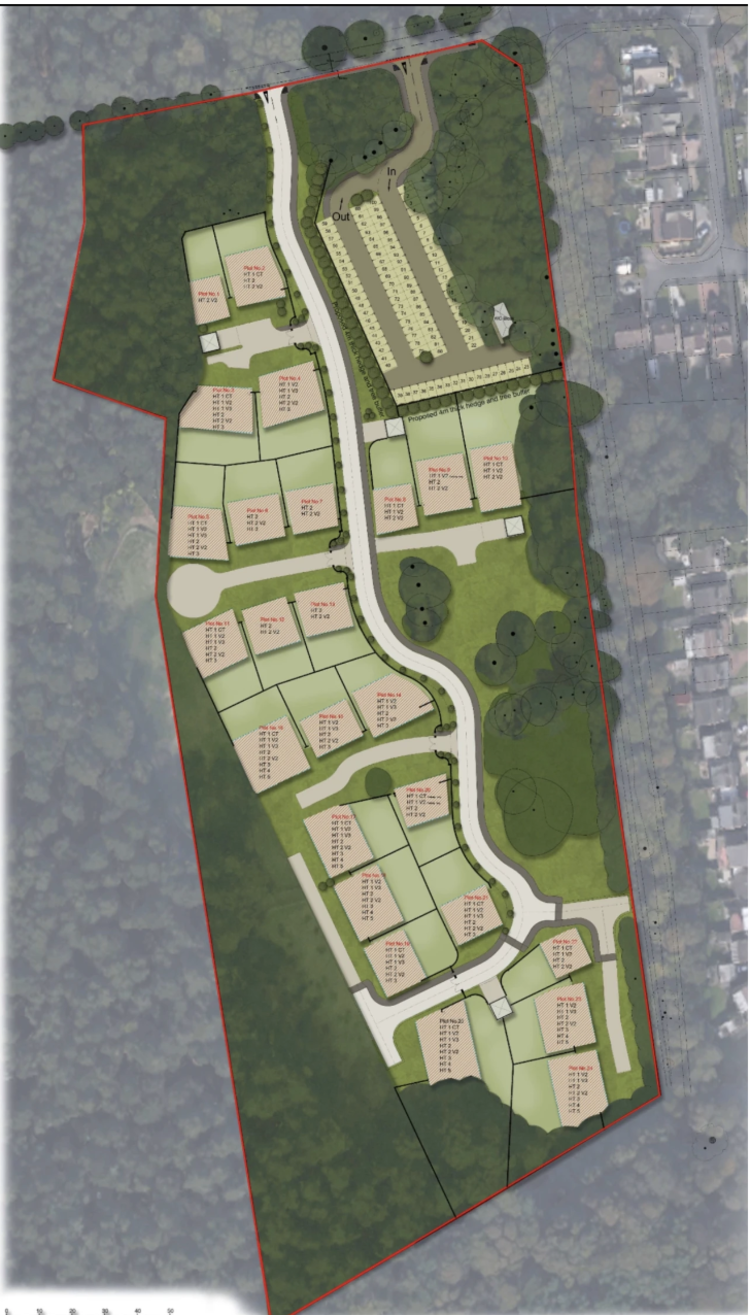
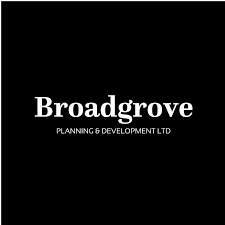
The Ideal Development of Formby
'In the future, I would like to see Formby developed according to the neighbourhood plan developed in 2013'

The neighbourhood plan calls for the characteristics of the town to be respected, and that any new developments within or next to either the conservation area of the town or any listed buildings must preserve and enhance the character of the area it is located in.
The neighbourhood plan also called for any new dwellings that are built to reflect the needs of existing residents. Formby is classed as a retirement town and a large percentage of the population is elderly, so any new housing built should be considerate of this and should accommodate them. The new housing built should include bungalows and accessible housing, as well as social housing to accommodate those left without income or savings after they retire. It is stated in the neighbourhood plan that the community is against 3-story dwellings being built as local residents feel it would have an adverse impact on pre-existing dwellings including bungalows. However, it should be considered in the future that whilst a home may only be 2 stories, the height of the new home could be the height of what would normally be a 3-story house and could be equally imposing to surrounding homes as a 3-story house could be.
In the future, the local council should consider how new developments will be constructed as opposed to their representation in planning applications. A more community-based approach to developments within Formby needs to be taken in the future, with local residents being consulted as to how any new developments could be altered to benefit the community. By doing this the local community feels their voices are being heard and they can maintain the community and environmental surroundings they have known, whilst allowing the areas around them to adapt to the growing community’s needs.
One of the major factors that both draws people to want to live in Formby and connect its residents is the environmental surroundings of the area, the amount of biodiversity, and the unique wildlife sites. When interviewed about how important natural amenities were to the quality of life in Formby, 97% of residents said it was either important or very important. Residents also were strongly in support that any development must avoid damage to wildlife (11). Any future developments in Formby need to consider that their effect may not just be on the surrounding environment around them i.e. by the destruction of mature trees, but also the further effect it has on the surrounding residents, the environment, and the landscape they have known for years suddenly been completely changed and they no longer have a connection to the area they live in, depleting their quality of life? The destruction of wildlife areas may also have a negative impact on the livelihoods of existing residents. Residents may have developed businesses that depend on tourism caused by the beautiful natural areas of Formby, if these are developed and no longer attract the same level of tourism due to increased traffic, lack of biodiversity, and a lack of general undeveloped areas, then existing residents may be forced out of the area as well as established businesses leaving the area. When developing in Formby, future developers, and local councils need to consider that the area has been developed around the natural setting, the coastline, the green spaces, and the woodland, this setting has provided a quality of life for residents, whether that is through economical means or recreational activities, the sudden destruction of it changes the dynamic of the town completely. The natural setting of the town needs to be considered at the highest level when any developments are proposed, and in the future should take priority over any financial gains from development.
Another environmental factor that needs to be considered by future developers is the flood risk in Formby. In the future, developers should consider the severity of the flooding risk of where they are planning to build. Instead of building on known flood plains and areas at high risk of flooding and alleviating the risk of flooding through artificial levees and pumps, other areas should be considered for development before this. If there is to be development in a flood-risk area, the management of the surface water should be properly executed. The water should be drained mimicking a natural drainage system, which could restore and maintain habitats such as marshes and wetlands, rather than using positive drainage, resulting in the water never returning to the source or to the natural final destination. In the future, developers should also consider the potential effects of flooding and not just the current effects. Due to the location of Formby, with the majority of the town being located on a floodplain or at risk of coastal flooding, a large number of these risks will be further increased by the effects of climate change. Any future plans for development should consider the long term sustainability of the development and how the future effects of climate change will affect any flooding in the area.
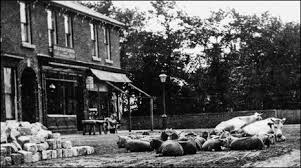

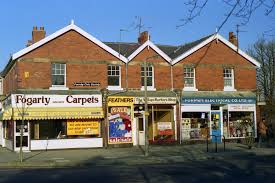

'Developers and the local council also need to consider the addition of amenities within Formby when adding large developments.'
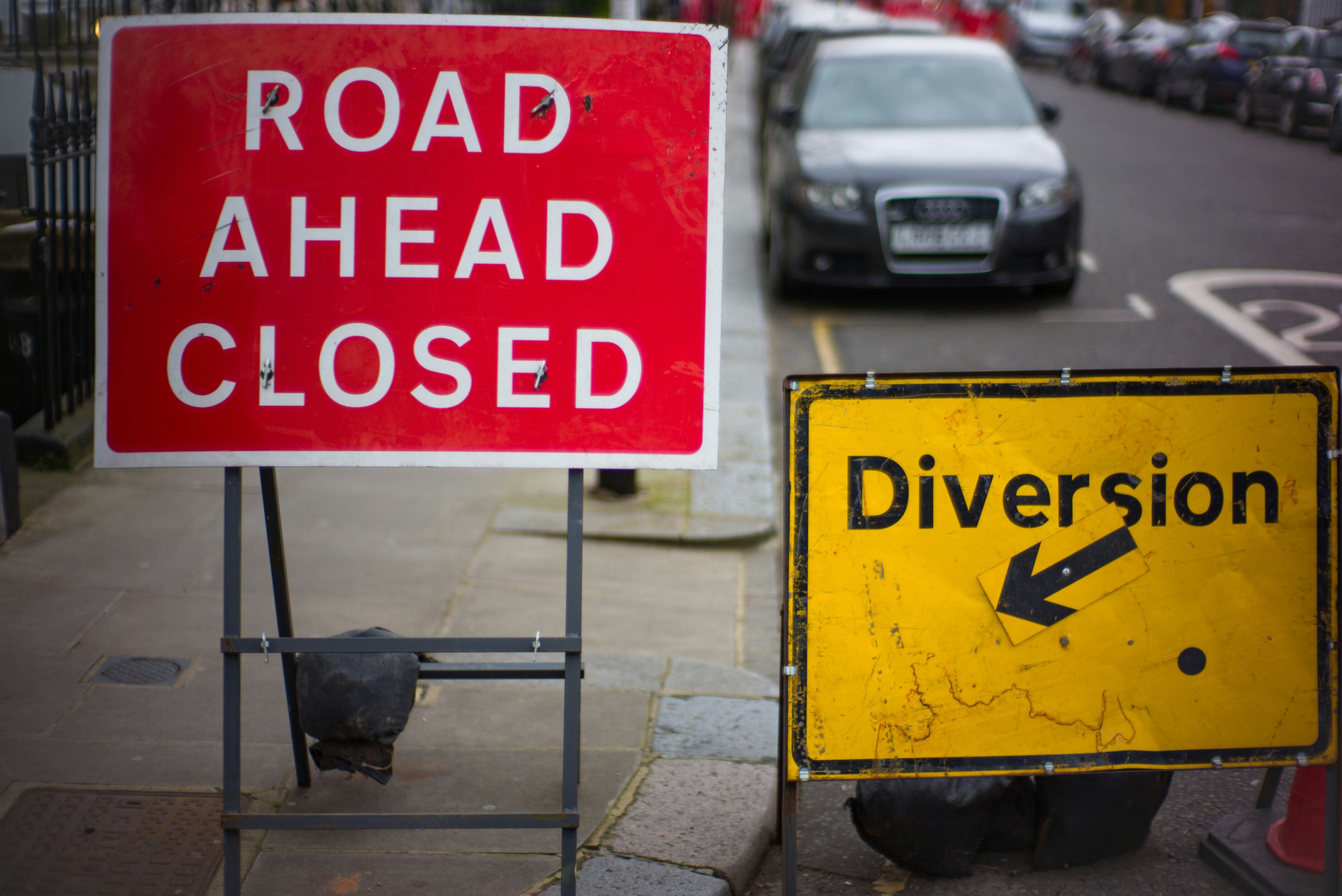
If the level of development continues in Formby at current rates, the schools and medical facilities will be unable to cope. Local councils should monitor closely in the future the amount of pressure on local NHS services as well as both primary and secondary schools in the area. No large new developments should be approved in the future, unless there are plans in place to build additional medical services and schools, as this has a detrimental effect on the existing residents, especially if they are unable to get GP appointments or enrol their children in local schools. This causes the community to feel disjointed and any new residents may face hostility in joining the community as a result. Development of the road system in Formby should also be considered. In 2013 when the neighbourhood study of Formby was conducted, 78% of residents commuted by car to work, which is much higher than the national average of 62% (11). Developers should be mindful of the additional pressure any large developments would add to the already congested road system in Formby. I would like to see that any future large developments in Formby produce models to show how the additional road traffic would affect the existing road system, and propose plans to the local council on how best to modify the roads in the surrounding area to support the additional traffic. While there are two train stations in Formby, town planners need to be mindful that as commuter traffic increases and it becomes harder for residents to access these stations, their usage will decrease. There are frequent services on the Southport-Liverpool line (trains every 15 minutes Monday-Saturday), but if residents are adding on additional commuting time to get to the stations, there will be the incentive to drive and not use public transport. Town planners should also consider that as new large-scale developments emerge on the exterior of the town, new residents are no longer within walking distance of public transport links which causes further congestion. If more large-scale developments continue to be built on the edge of the suburb then the local council should consider adding additional train stations to combat the increasing road traffic.
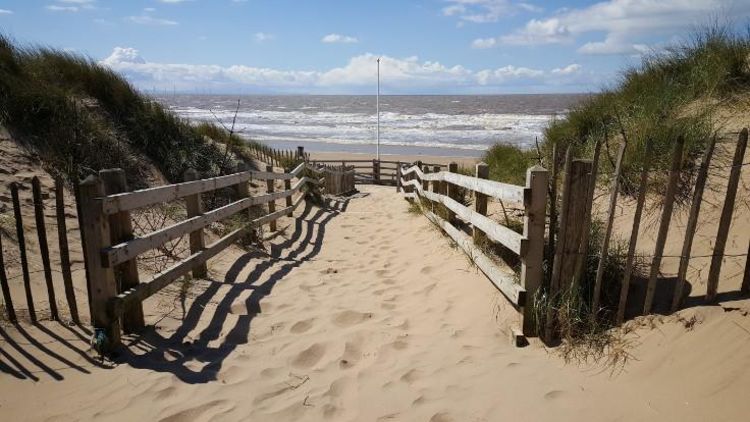
To maintain the sense of community in Formby in the future, a large part of which is sourced from the protection and admiration of the local wildlife areas, developers must with the community and see how the construction of a housing development affects not only the individual plot but also the surrounding houses and residents. Developers should consider the cost to the community and not just the potential profits. Developers and the local council should work together to consider all aspects of a potential development, including short and long-term environmental factors and the impact of climate change. The sustainability of housing developments should be taken into consideration and large developments that cause negative impacts on the wider community should not be allowed. In the future, the local council needs to ensure that the developments that are approved are consistent with the policies of the neighbourhood plan and that the negative impacts on local residents are minimal.
What Can CPRE Do?
I believe a large issue with development in Formby is that local residents are often unaware of proposed plans, or unaware of the impact that the planning will have on them, the local wildlife and the environment in the future.
CPRE can continue to raise awareness of proposed developments in the local area. Encouraging community engagement in the planning process by working with the local planning authority during the pre-application consultations will enable residents to suggest changes to potential plans to better suit the needs of the community. By increasing community awareness and engagement, residents can better understand the rationale behind plans, allowing for developments to progress as well as benefit from local knowledge of the area. This will help preserve the community spirit of Formby, and aesthetics and environment.
At CPRE, we will continue to push for greater affordable housing provisions in developments and want to strengthen the local planning policies to ensure homes are sustainably delivered for the community.

References:
1: https://www.sefton.gov.uk/media/3516/formby-family-wellbeing-centre-profile.pdf
4: https://modgov.sefton.gov.uk/moderngov/documents/s32516/s20110645%20rosmary%20lane%20amended.pdf
6: https://barratthomeshk.com/property-for-sale/8878/Pinewood%20Park%20DWH.html
7: https://www.sefton.gov.uk/media/5145/formby-little-altcar-nhood-plan-2019.pdf
8: https://riverlevels.uk/flood-warning-river-alt
9: https://businessmondays.co.uk/sefton-mp-takes-tour-of-new-formby-homes-development/
10: https://www.liverpoolecho.co.uk/news/liverpool-news/more-1000-new-homes-approved-18690148
11: https://modgov.sefton.gov.uk/documents/s103506/Enc.%201%20for%20FRMP%20Formby.pdf
12: https://www.sciencedirect.com/science/article/abs/pii/0025322794901392
13: https://www.liverpoolecho.co.uk/news/liverpool-news/anger-over-ridiculous-proposed-new-26129929
